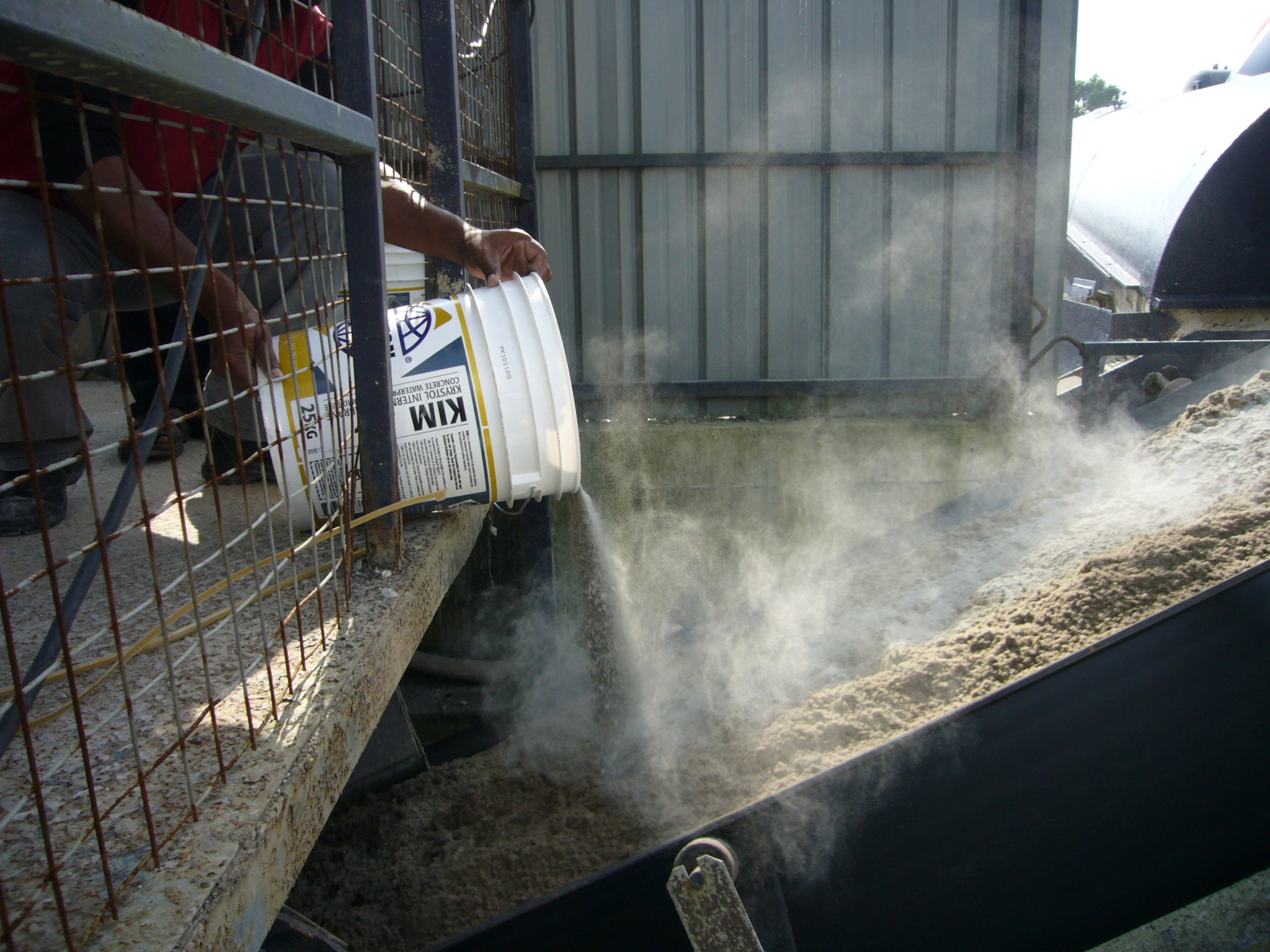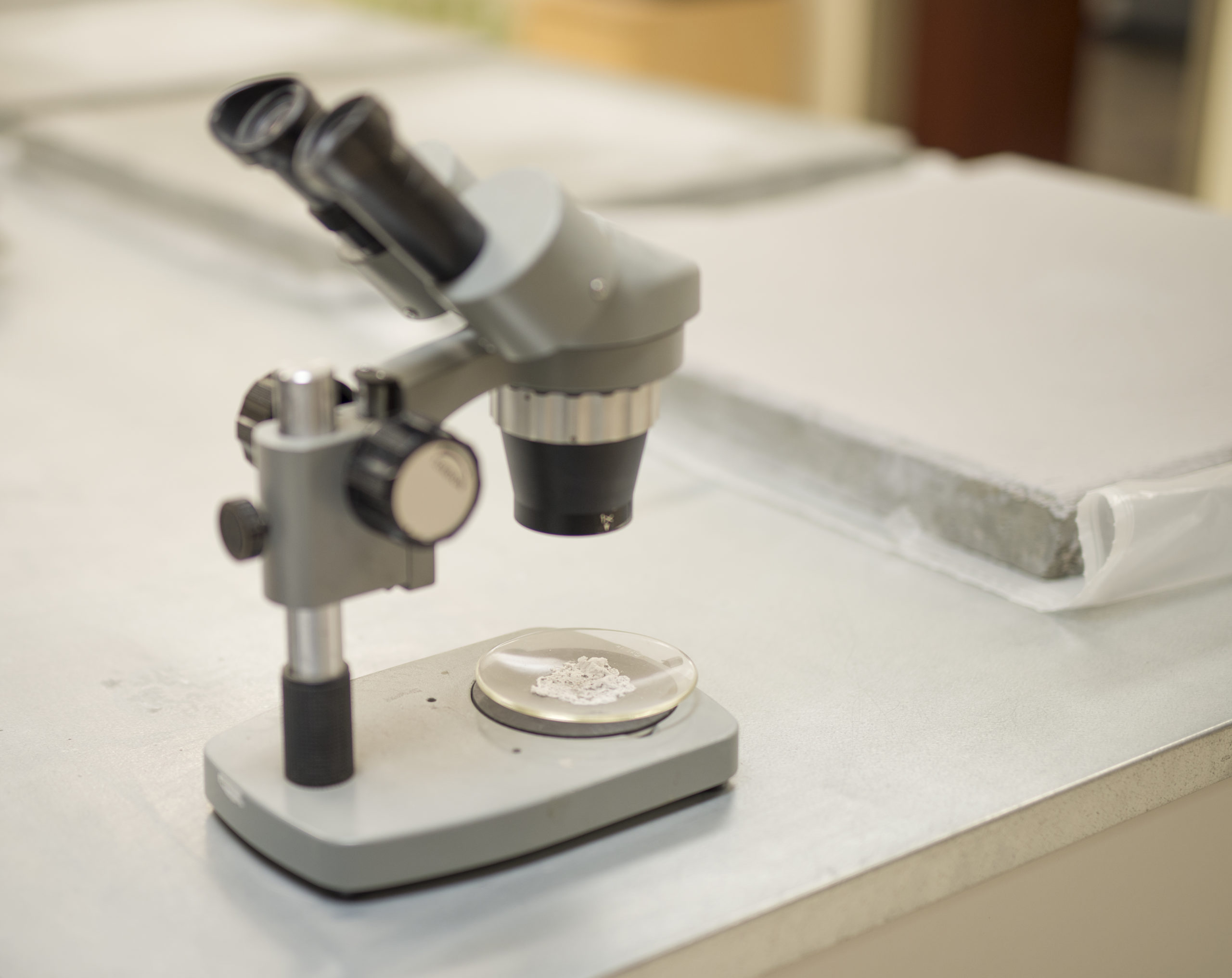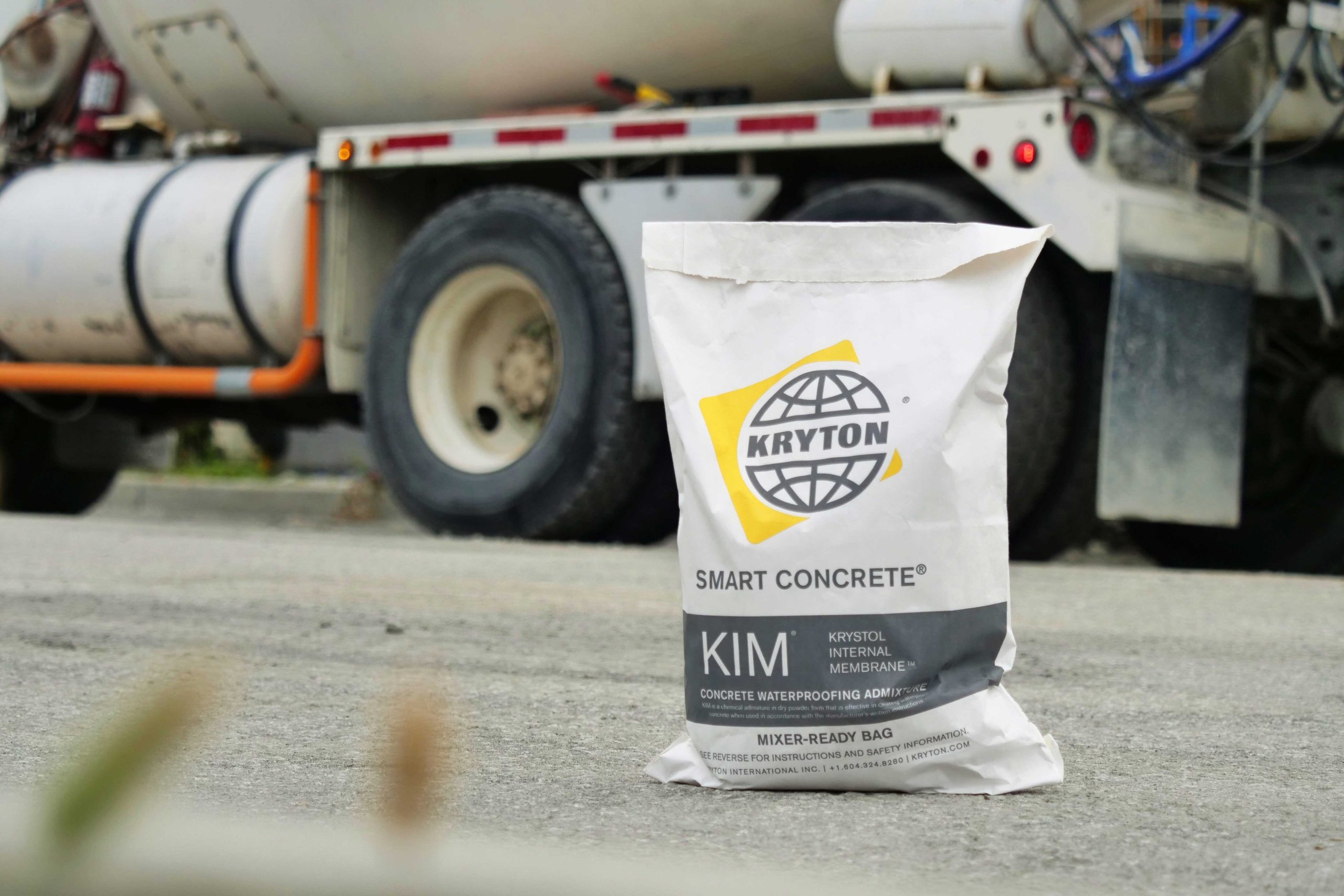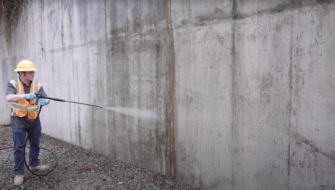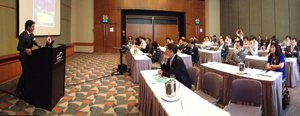Category
- Events
- Most Popular
While concrete waterproofing is only one part of construction, it has remained significantly important to the lives of people for centuries. In fact, even as far back as 6,000 years ago, people in Syria were using bitumen to protect reed boats from water ingress. It’s no less important today either. People have always needed protection from the elements in a number of ways. And with the current climate becoming more volatile, that need has only grown further.
After all, it’s clear just how much damage water and extreme weather events can cause. Throughout the ages, builders have been concerned about this. But the search for a permanent solution eluded them until the inception of our company in the 1970s. Back then, we knew that for the future of concrete waterproofing to get to the point of watertight quality it has now, it would first have to undergo an evolution.
That drive for innovation to help builders build even better is what allowed us to have a successful 50 years in the construction industry. And we want to celebrate that! Join us in that celebration as we look back on how Kryton changed the future of concrete waterproofing.
The Origins Behind KIM’s Invention
An innovation like the one Kryton was envisioning for the future of concrete waterproofing doesn’t happen overnight. So to see just how we got there and what happened after, let’s look at what concrete waterproofing was like a decade or more before and what changed.
What Concrete Waterproofing Was Like Before Kryton
By the time the global construction industry reached the mid-to-late 1900s, a number of different waterproofing systems were available:
- Hot-applied sheet membrane systems — These took the millennia-old idea of bitumen but use a more sophisticated setup, combining alternating layers of bitumen and felt into sheets. But to work effectively, they need intensive labor and supervision so all their seams are properly sealed and the sheets themselves are applied to pristine concrete via heat, which produces volatile organic compounds (VOCs) in the process.
- Cold-applied sheet membrane systems — Improving upon the previous systems, these use polymer-modified bitumen. As a result, they don’t require heat for application and are self-adhering instead. However, they still require the same intensive labor and supervision for application.
- Thermoplastic and thermosetting membrane systems — Modifying polymers eventually created these two systems. The thermoplastic version can soften when heated and harden when cooled, allowing it to be applied via solvent-based adhesives or heat-welding at the seams. But it also deteriorates when in contact with hydrocarbons and requires a floor-quality finish. Meanwhile, thermosetting membrane systems use vulcanized rubber. That’s more resistant to heat, solvents, chemical attack, and creep. But it’s not very flexible once applied and can even disband or blister if a negative vapor drive is nearby.
- Clay systems — Using bentonite, these systems can swell to block water and self-heal while remaining non-toxic. But they also require sufficient hydration to work, which means supplying that right after application. And it will only work in an adequately confined area. Otherwise, it could lift or crack the concrete slab. This all could fail if groundwater levels fluctuate or if there are a lot of wetting and drying cycles as the bentonite will deteriorate.
- Liquid-applied membrane systems — Capable of being applied by brush, spray, roller, trowel, or squeegee, these systems offer more flexibility. So they can be applied to more challenging surfaces that have multiple plane transitions and intricate geometric shapes and protrusions. But these systems still use VOCs, and their success relies on a uniform, labor-intensive application on a clean, dry substrate.
Over time, it became clear that no matter how these systems approached concrete waterproofing, they were all easily prone to failure. That’s simply due to how complex their application was and just how easy it was to puncture or otherwise tear or break down the physical barrier they provided. It was a costly process that didn’t guarantee much success.
How Kryton Changed the Future of Concrete Waterproofing
By the early 1970s, Kryton’s founder, Ron Yuers, was a part of this ever-changing industry but not yet heading Kryton. It was only after some considerable frustration with leaking from the concrete waterproofing materials his pre-Kryton company was using that he went on a path that would change the industry.
Inventing Crystalline Technology
With a vision to provide a waterproofing and repair solution that would offer better protection, Ron decided to hire a chemist.
After collaborating together for hundreds of hours in a laboratory, the two eventually invented Krystol® technology. The first of its kind, this crystalline creation made it possible for concrete to block out water through a chemical reaction between the water and unhydrated cement particles in the concrete. It’s a reaction that forms needle-shaped crystals that interlock and fill up any possible pathways for water in the concrete.
All it needed to work was to be applied to the concrete. Outside of that, it held no extra application concerns or VOCs to worry about, making it easier to waterproof and repair existing concrete structures. That also made it possible to expedite construction schedules, reduce the risk of waterproofing failure, and improve the overall quality and sustainability of a structure.
It was an innovative solution not yet seen before in the industry. And Ron wanted to share its advantages with builders around the world, which led to the foundation of Kryton.
Turning It into the World’s First Crystalline Admixture
It didn’t take long after the company’s creation for the advantages of Krystol technology to become evident for customers. Many were especially pleased with how it reduced cracking and even improved the finishing of the concrete.
Still, not everyone wanted to use it in a brush-applied form. They wanted to try seeing if it would do just as well if they sped up the process and added the technology directly to their concrete mix. This proved to be successful enough that Ron went on to elevate this idea, testing the technology in an admixture form and eventually creating the first crystalline waterproofing admixture in the world, the Krystol Internal Membrane™ (KIM®).
The Resulting Documentation
Despite the amazing success and innovation that KIM presented, it was not yet mainstream. Many builders were still relying on external membrane systems and other traditional waterproofing methods in spite of the water ingress risks they posed.
Determined to change this for the better, Ron’s daughter and Kryton’s now current CEO, Kari, got to work pushing for KIM’s legitimization in the industry. She knew that a key part of that would be working with the American Concrete Institute (ACI) as they are a major authority when it comes to writing building code for the United States of America. So she didn’t hesitate to start looking for opportunities to collaborate with the organization.
Kari’s efforts paid off over time, leading to a whole new category of concrete waterproofing in ACI documentation. It was an industry-changing moment. From then on, a growing number of builders, specifiers, and designers were aware that there was an alternative to traditional waterproofing methods.
Now, there are many crystalline waterproofing admixtures around, with KIM being the first. So instead of relying on membrane or clay systems, which tend to have challenging applications and a limited life span of around 10 years or so, many could go with technology like KIM. In return, they could finally produce fully watertight buildings without fear of application errors, VOCs, or the appearance of water ingress in the future.
The Changed Future of Concrete Waterproofing
Nowadays, concrete waterproofing admixtures are no longer an uncommon sight to many construction workers. In fact, numerous big projects have relied on them over traditional methods, such as the Boeing Everett Factory, Marina Bay Sands, and TELUS Garden. All of which would have almost certainly dealt with application issues and future repair costs had they stuck to traditional methods. It’s all thanks to the innovative vision of Kryton’s founder, which has allowed Kryton to remain an industry leader in concrete waterproofing and durability solutions for 50 years.


